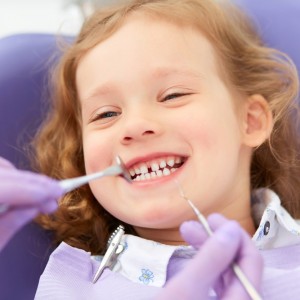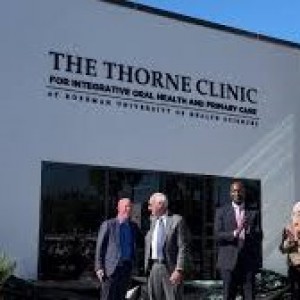
Monkeypox offers a new opportunity for research, collaboration
Researchers from Peru said that dentists should be aware of the warning signs of Monkeypox virus (MPX) in the oral cavity. They should also learn how to treat patients with suspect lesions, using local public health guidelines, according to correspondence published Dec. 5 in the International Dental Journal.
Researchers led by Frank Mayta-Tovalino, corresponding author and a professor at the Universidad Científica de Sur in Lima, Peru, said that oral manifestations of the disease in all who present with MPX should be recorded and published to generate a more comprehensive account.
The team recently conducted a systematized Scopus search on global scientific publications on MPX in dentistry. Researchers said it was evident that few publications related to dentistry were available in this emerging field.
There were, notably, studies in two major high impact scientific journals of high impact, including articles in the International Dental Journal and Oral Diseases. The authors of these studies were primarily from Brazil and India.
Prevention and control of MPX transmission in dental practice necessitates maintaining robust standard infection control measures applied with all patients, the authors said. Current recommendations are to avoid dental treatment of patients with MPX who can still transmit the virus and, if essential, to provide such care in an isolated environment with the appropriate protective measures for the dentist and their team.
Frank Mayta-Tovalino, John Barja-Ore and Daniel Alvitez-Temoche. “Monkeypox in Dentistry: A New Opportunity for Research and Collaboration.” International Dental Journal. 5 December 2022. https://doi.org/10.1016/j.identj.2022.11.007
 Related articles
Related articles
HHS has authorized dentists to administer vaccines and therapeutics against smallpox, monkeypox virus and other orthopoxviruses in a declared emergency.
The rise of novel viruses or changing epidemiology of known viruses with zoonotic origins is a concern for all health care providers. The ongoing COVID-19 pandemic and the spread of mpox have shown...
Oral pathology 28 September 2023
In a new paper published by iScience, antibodies extracted from 800-year-old medieval human teeth were found to be stable and still able to recognize viral proteins.
Researchers at the Francis Crick Institute have identified three 4,000-year-old British cases of Yersinia pestis, the bacteria causing the plague. This is the oldest evidence of the plague in Britain...
This policy statement from the FDI seeks to cover the important role of vaccines in protecting all members of the dental team against infectious diseases.
 Read more
Read more
The purpose of this study was to describe the use of operating room (OR) time for pediatric dental procedures performed under general anesthesia (GA) at a regional children's hospital over a 2-year...
Editorials 29 October 2025
Smarter Prescribing, Healthier Outcomes: Lecture Explores Antibiotic Stewardship in Dentistry
With the Centers for Disease Control estimating that more than 2.8 million antibiotic-resistant infections occur in the U.S. each year, more focus is given to antibiotic stewardship programs to...
News 29 October 2025
The Aspen Group (TAG), one of the largest and fastest-growing retail healthcare business support organizations in the U.S., recently announced a new partnership with Planmeca to bring advanced...
News 29 October 2025
As Halloween creeps closer, the Minnesota Dental Association (MDA) is urging treat-givers to make tooth-smart choices and skip the ever-popular—but harmful—sour candies.
Products 29 October 2025
Roseman University of Health Sciences and PDS Health recently celebrated the dedication and ribbon-cutting of the new Thorne Clinic for Integrative Oral Health.















